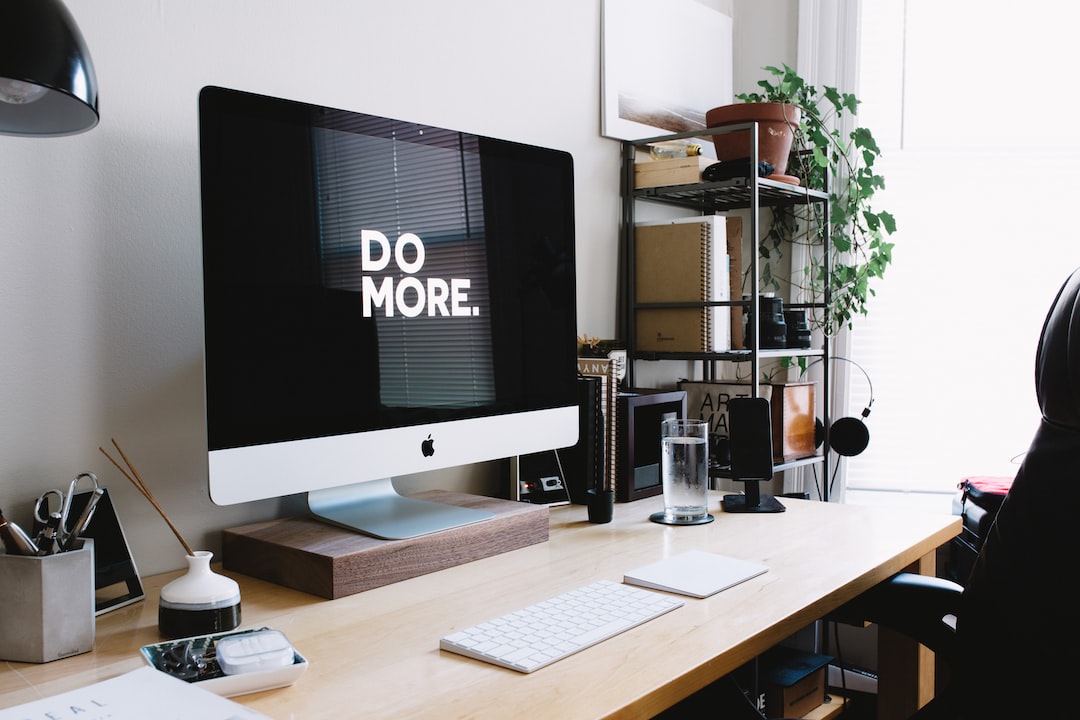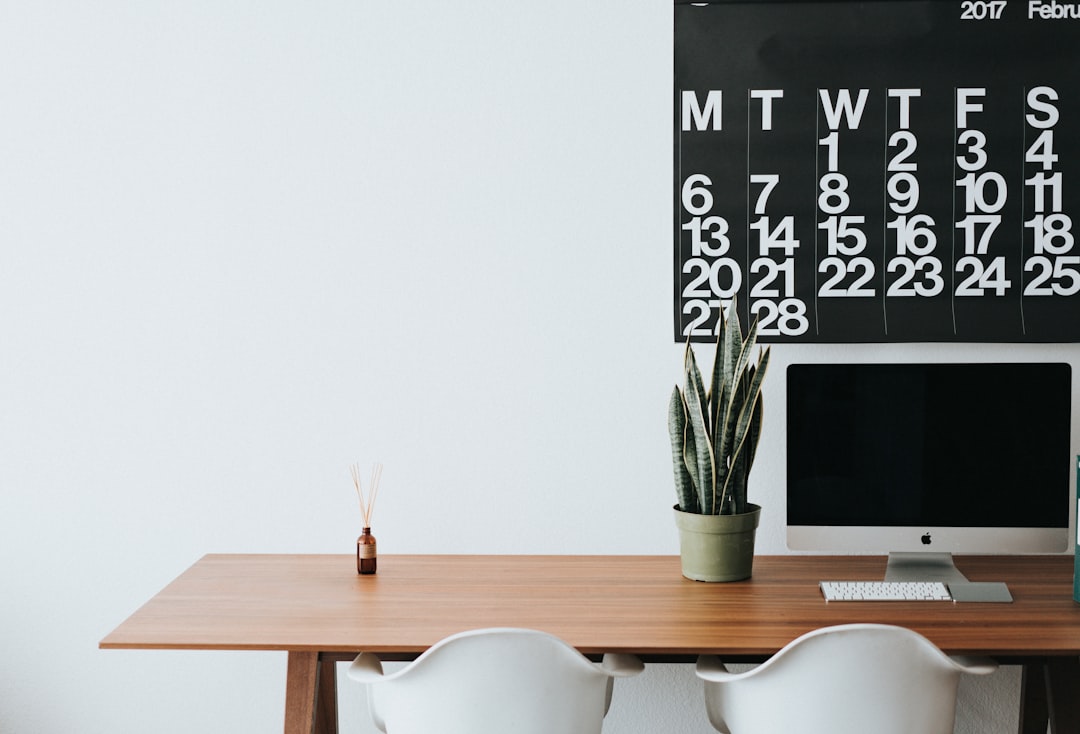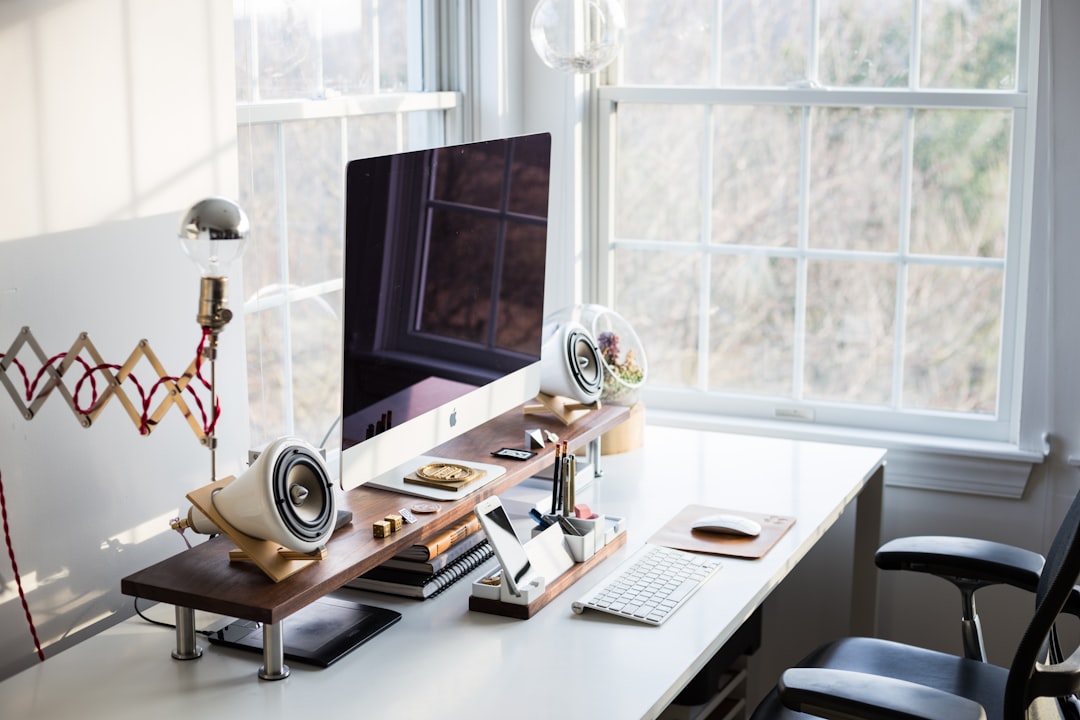As the world continues its shift towards a virtual existence, an increasing number of people are finding themselves working from home or remotely. While this offers a great deal of freedom and flexibility, it also presents a distinct set of challenges when it comes to productivity.
Without the traditional office space and the structures that come with it, it can be difficult to maintain the focus and discipline required to get work done efficiently. In order to maximize productivity in a virtual world, it is essential to establish a routine and a dedicated workspace that is conducive to successful work.
Over the next seven sections, we will provide practical tips and strategies for creating an optimal virtual workspace. From designing a physical space for work to curating a distraction-free environment, we will explore the essential elements of productivity in a virtual world. So, let’s dive in and start exploring how you can get the most out of your virtual work environment!
Establish a Dedicated Workspace: Designating a Physical Space for Work
As more and more individuals transition to virtual workspaces, it is essential to establish a designated workspace to ensure maximum productivity. While working from home, it can be tempting to work from the couch or even from the bed, but research has shown that having a dedicated workspace can significantly increase productivity levels.
Designating a physical space sets the tone for the workday and helps employees mentally prepare to clock in and start working. It also provides an opportunity to create an environment that is conducive to productive work. Consider investing in a desk, a comfortable chair, and other necessary office equipment.
Moreover, setting up a designated workspace signals to your brain that it is time to work, which can help to improve concentration and work efficiency. This dedicated workspace can help to create a sense of work-life balance by separating home life from work life.
Additionally, establishing a workspace free of distractions can help to minimize interruptions and maintain focus. Consider designating a room or corner of a room for work purposes, and ensure that you have all necessary tools and equipment available in this particular space.
In summary, designing a physical workspace can help improve work productivity, focus, and concentration. It allows for a distinction between your personal and work life, and provides an environment that is conducive to productivity. So, take the time to choose a spot that is dedicated to your work, and start seeing the benefits of working in an optimized virtual workspace.
It also provides an opportunity to create an environment that is conducive to productive work.
Invest in Ergonomic Equipment: Reducing Pain, Boosting Productivity
When working virtually, it’s important to invest in ergonomic equipment to ensure comfort and minimize the risk of pain or injury. Sitting for prolonged periods in an uncomfortable chair or typing on a keyboard that is not properly aligned can lead to problems such as back pain, carpal tunnel syndrome, and eye strain.
One of the most important investments you can make is in a good quality chair that provides proper lumbar support and promotes good posture. Look for a chair that is adjustable and has armrests for added comfort. If you work at a desk, invest in a keyboard tray or a desk that can be adjusted to the proper height to prevent strain on your wrists.
Another important piece of ergonomic equipment is a monitor that is at eye level to prevent neck strain. If your monitor is too low, you may find yourself hunching over to see it, which can lead to pain and discomfort. An adjustable monitor arm can help you position your monitor correctly.
To reduce eye strain, invest in a pair of blue light blocking glasses, which can help reduce the amount of blue light emitted by computer screens that can affect your sleep cycle and cause eye fatigue. In addition, consider taking breaks every 20 minutes to rest your eyes and look away from the screen.
Investing in ergonomic equipment not only reduces the risk of pain and injury but also boosts productivity. When you’re comfortable and not distracted by discomfort, you can focus better on your work and get more done in less time.
Look for a chair that is adjustable and has armrests for added comfort.
Curate a Distraction-Free Environment: Minimizing External Disruptions
When working in a virtual environment, it can be challenging to stay focused and productive, especially when there are numerous distractions around you. Did you know that even minor interruptions can reduce your productivity significantly? According to research, it takes an average of 23 minutes and 15 seconds to get back to a task after being interrupted. That’s a long time, and it’s why it’s essential to curate a distraction-free workspace to minimize external disruptions.
One of the most effective ways to eliminate distractions is by setting boundaries with people around you. For instance, if you have children at home, let them know that you will be working for a specific period and that you should not be disturbed unless it’s an emergency. Similarly, if you live with other people, talk to them about the importance of minimizing noise and interruptions during your work hours.
Another crucial step in curating a distraction-free environment is by creating a physical space that helps you stay focused. Consider using noise-cancellation headphones or even a white noise machine to block out external noises such as construction works or street noise. Additionally, you may want to declutter your workspace to reduce visual distractions as they can disrupt your concentration and make it difficult for you to focus on your work.
Finally, ensure that your virtual environment is distraction-free by minimizing digital distractions. You can start by muting notifications on your devices and turning off pop-up emails or messaging notifications during work hours. You can also use browser extensions that help block social media websites temporarily.
In conclusion, eliminating distractions is essential to maximize productivity in a virtual world. By setting boundaries, creating a dedicated workspace, and utilizing tools such as noise-cancellation headphones, you’ll be better positioned to minimize external disruptions and stay focused. With these tips, you’ll be able to curate the perfect distraction-free environment and take your productivity to the next level!
That’s a long time, and it’s why it’s essential to curate a distraction-free workspace to minimize external disruptions.
Employ Time and Task Management Tools: Organizing Work and Meeting Deadlines
In today’s fast-paced virtual world, managing time and tasks is crucial to attain maximum productivity. With endless distractions and competing priorities, it is imperative to have a system in place that helps you stay organized and focused. Thankfully, technology has made it easier to manage time and tasks with various tools and apps available for all kinds of devices.
One of the most effective tools for task management is a to-do list. It helps you keep track of what needs to be done, and you can prioritize tasks based on their importance and urgency. There are several to-do list apps available that can be accessed from anywhere, such as Trello, Asana, and Todoist. These apps also allow for collaboration with team members and assigning tasks to specific individuals.
Time management tools such as timers and calendars can also be incredibly useful. Timers help you stay on track by allocating specific blocks of time for tasks and work-break sessions. This technique, commonly known as the Pomodoro Technique, enhances concentration and focus. The Pomodoro Timer is a widely popular app that is easy to use and can be accessed from multiple devices.
Calendars allow you to schedule tasks and deadlines, set reminders, and plan your day, week, or month. Google Calendar is a great tool for this purpose, as it synchronizes with other apps and allows you to share your schedule with others. Additionally, setting up alerts and notifications for important events and deadlines can also help you stay on top of your game.
Another vital app for time and task management is project management software. Apps such as Basecamp, Monday.com, and Smartsheet can help you manage various aspects of a project, from planning and executing to tracking and reporting. Project management software can also help identify potential delays or bottlenecks, allowing you to take corrective measures proactively.
In conclusion, employing time and task management tools is an essential step to maximize productivity in a virtual workspace. With the right tools and apps, you can organize your work and meet deadlines efficiently, allowing you to focus on achieving your goals without getting bogged down by distractions and competing priorities.
There are several to-do list apps available that can be accessed from anywhere, such as Trello, Asana, and Todoist.
Set Boundaries and Time Blocks: Safeguarding Work-Life Balance
Working from home provides numerous advantages, such as the flexibility to design your work schedule and the convenience of avoiding a daily commute. However, the lack of physical separation between work and home can create complications, such as working more hours than usual, experiencing burnout, or failing to meet important deadlines. Therefore, it’s critical to establish clear boundaries and time blocks that delineate when you are working and when you are not.
Here are some tools and techniques you can use to create a secure work-life balance, protecting your health and ensuring consistent productivity:
1. Define Your Work Hours:
Define the time when you start working and when you finish. Communicate it with your colleagues, family, and friends so that they understand when to reach you and when to respect your privacy.
2. Create a Daily Routine:
Plan your day so that you have enough time for work, exercise, rest, and social activities. Maintaining a balance between these activities can boost your mood, energy, and creativity.
3. Use a Timer:
Using a timer can be an effective way to manage time and follow through on tasks. You can use the Pomodoro technique, which involves working on a task for 25 minutes, taking a five-minute break, and then repeating the cycle three or four times. Alternatively, you can use apps such as RescueTime, which tracks the time you spend on specific tasks and alerts you when you exceed your limit.
4. Avoid Multitasking:
Multitasking can impair your focus, slow down your progress, and increase your stress levels. Instead of trying to do many things at once, focus on one task at a time, and dedicate your full attention to it.
5. Communicate Your Boundaries:
Make sure that your colleagues, clients, and managers are aware of your boundaries and respect them. If you receive a work request outside of your working hours, be assertive in communicating your unavailability and setting a specific time when you can respond.
Setting boundaries and time blocks can protect your work-life balance and enhance your productivity, allowing you to work smarter, not harder. It also ensures that you have enough time to take care of your well-being and pursue your personal goals. So, take advantage of the benefits of working from home, but manage your time wisely, and honor your boundaries.
Use a Timer:
Using a timer can be an effective way to manage time and follow through on tasks.
Conclusion: Creating an Optimal Virtual Workspace
In conclusion, achieving productivity in a virtual world requires deliberate effort and strategy. With the increasing trend of remote work, it has become imperative to create an optimal virtual workspace.
In this blog post, we have discussed different strategies that can help you create an optimal virtual workspace. We started by discussing the need to establish a dedicated workspace. Designating a physical space for work is an essential step towards achieving productivity in a virtual world.
We then talked about investing in ergonomic equipment. Reducing pain and boosting productivity go hand in hand. Therefore, investing in ergonomic equipment is necessary to create a workspace that supports proper body posture and reduces the risk of work-related injuries.
We also explored the importance of curating a distraction-free environment. Distractions can significantly reduce productivity. Therefore, it is crucial to minimize external disruptions as much as possible.
Additionally, we delved into time and task management tools. Organizing work and meeting deadlines are crucial components of productivity. Employing time management tools can help you organize your work and stay on top of your deadlines.
Furthermore, we discussed setting boundaries and time blocks. Safeguarding work-life balance is essential in a virtual world, where work and home are often intertwined. Setting boundaries and time blocks can help you achieve both productivity and work-life balance.
By implementing the strategies outlined in this post, you can create an optimal virtual workspace that supports productivity, creativity, and focus. With a dedicated workspace, ergonomic equipment, a distraction-free environment, time management tools, and boundaries, you can achieve your goals and meet your deadlines with ease.
In conclusion, creating an optimal virtual workspace is a critical step towards achieving success in a virtual world. By employing the strategies discussed in this post, you can create a workspace that supports productivity, fosters creativity, and facilitates focus.





